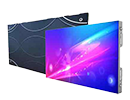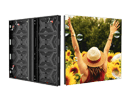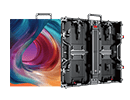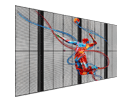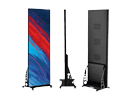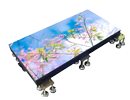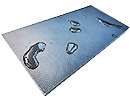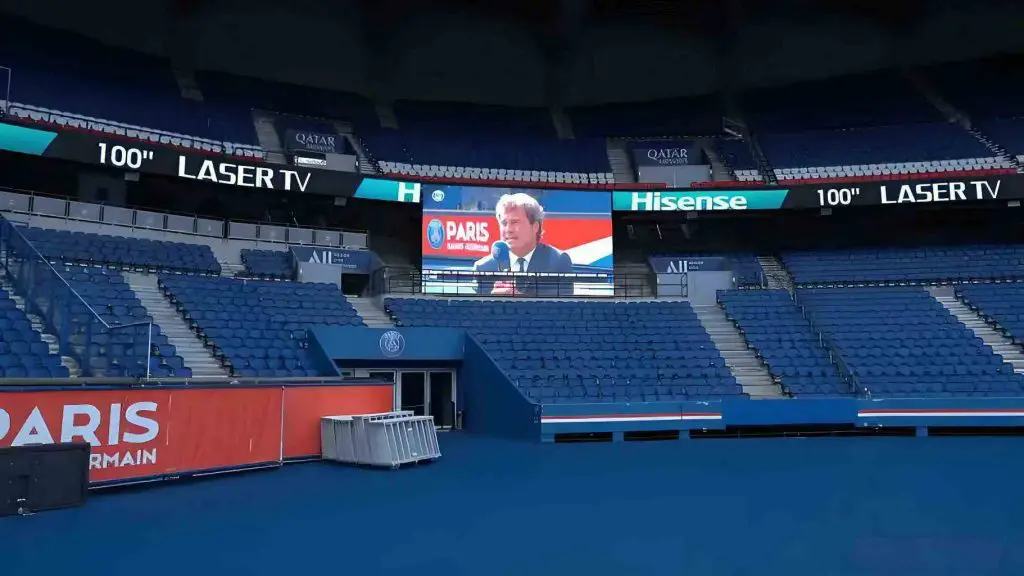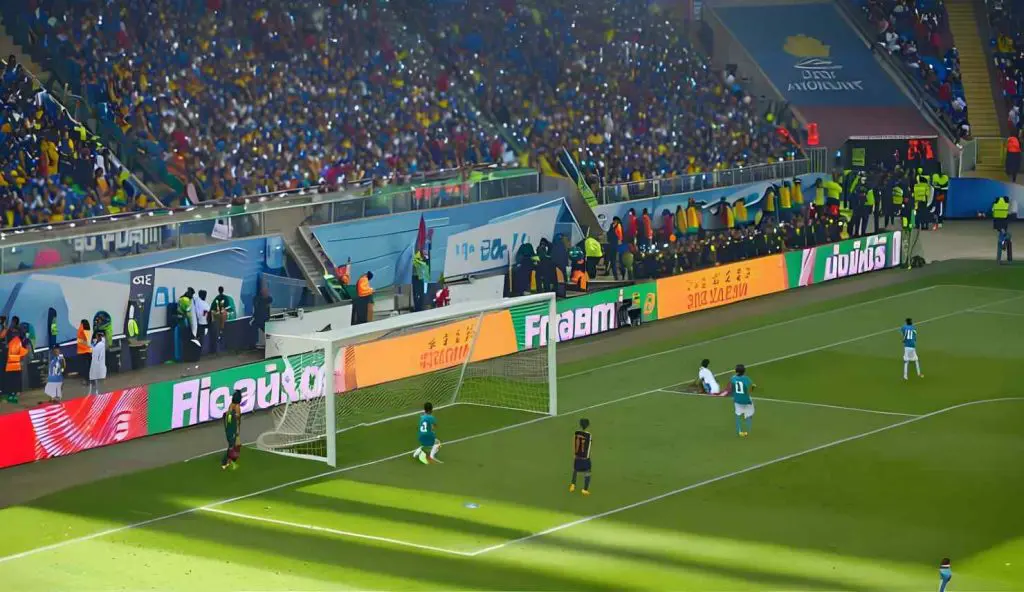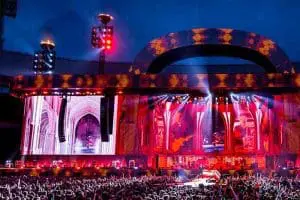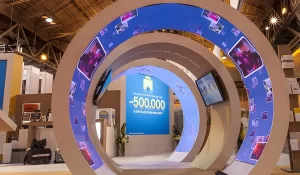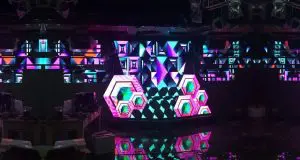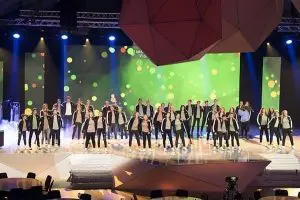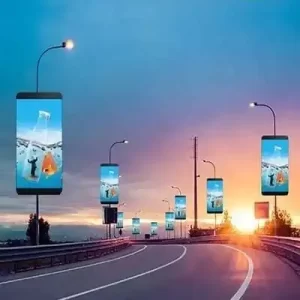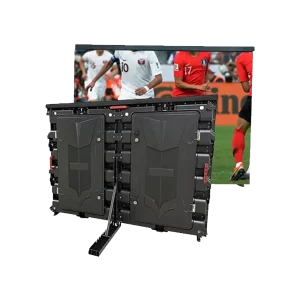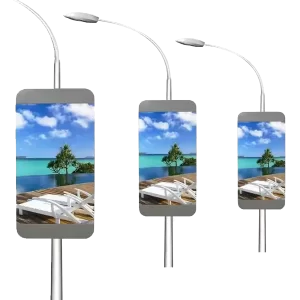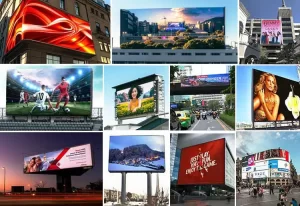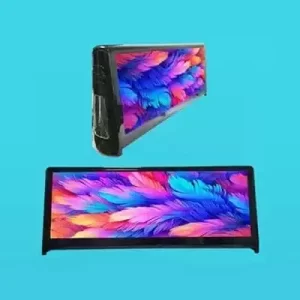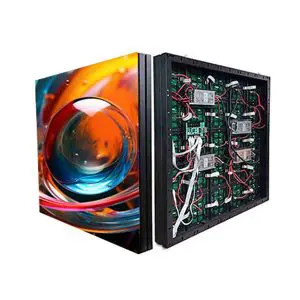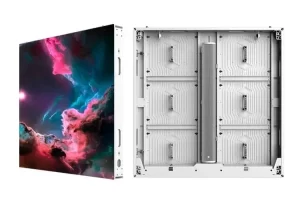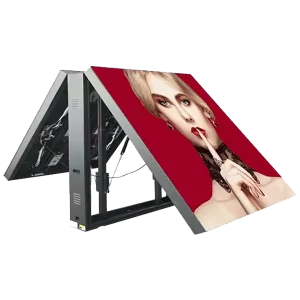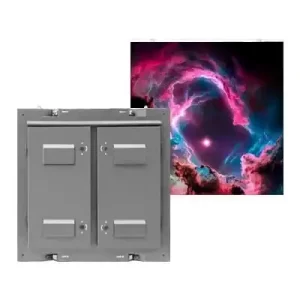An outdoor LED screen for stadiums is an essential tool for enhancing the spectator experience, displaying live gameplay, scores, advertisements, and real-time updates. These screens are designed to deliver high brightness, durability, and vivid visuals, ensuring excellent performance in large outdoor environments.
This guide explains the features, benefits, pricing, and how to select the perfect outdoor LED screen for your stadium.
Why Are LED Screens Essential for Stadiums?
1. Real-Time Engagement
- Display live game footage, instant replays, and close-up shots, ensuring fans don’t miss a moment of the action.
2. Score and Stats Display
- Provide real-time updates on scores, stats, player highlights, and game progress.
3. Advertising Revenue
- LED screens allow for dynamic advertising, creating opportunities to showcase sponsors’ content and generate revenue.
4. Entertainment
- Enhance pre-game and halftime shows with dynamic visuals, videos, and animations.
5. Crowd Interaction
- Use the screen for fan engagement, such as cheer prompts, live polls, and social media feeds.
Key Features of Outdoor LED Screens for Stadiums
| Feature | Description |
|---|---|
| High Brightness | 5,000–10,000 nits to ensure visibility in sunlight. |
| Large Screen Sizes | Customizable sizes to fit the stadium’s seating capacity and viewing distances. |
| Pixel Pitch Options | P6–P10 for medium to long-distance viewing, ensuring clear visuals. |
| Weatherproof Design | IP65-rated for waterproof and dustproof performance in outdoor conditions. |
| Wide Viewing Angle | 160°–178° horizontal and vertical viewing angles for large crowds. |
| Dynamic Content | Supports live feeds, videos, animations, and real-time updates. |
| High Refresh Rate | 1,920–3,840 Hz for smooth playback, ideal for fast-paced sports. |
| Durability | Built to withstand extreme weather conditions, with a lifespan of 50,000+ hours. |
| Energy Efficiency | Low power consumption with modern LED technology. |
Applications of Stadium Outdoor LED Screens
1. Scoreboards
- Display scores, time, and game statistics in real-time for all attendees to see.
2. Live Game Screens
- Broadcast live gameplay from cameras to give the audience a better view of the action.
3. Advertising Displays
- Showcase sponsor advertisements or commercial content, maximizing revenue opportunities.
4. Event Information
- Display event schedules, announcements, and emergency alerts.
5. Fan Engagement
- Use interactive features like live polls, fan cams, or social media integrations to engage the audience.
6. Entertainment
- Enhance pre-game, post-game, and halftime entertainment with videos, animations, or concert streams.
Pixel Pitch for Stadium LED Screens
The pixel pitch determines the resolution and clarity of the screen. For stadiums, the choice depends on the viewing distance:
| Pixel Pitch | Viewing Distance | Best Use Case |
|---|---|---|
| P6 | 6–50 meters | Medium-sized stadiums, close-up views. |
| P8 | 8–80 meters | Large stadiums, mid-range viewing. |
| P10 | 10–100 meters | Very large venues, long-distance viewing. |
Benefits of Outdoor LED Screens for Stadiums
1. Enhanced Viewing Experience
- Provides clear, vivid visuals for every fan, regardless of their seat location.
2. Increased Revenue
- Dynamic advertising capabilities allow stadium owners to monetize screen time with sponsors.
3. Versatility
- Use the screen for multiple purposes, including sports, concerts, and public events.
4. Long-Term Durability
- Designed to withstand rain, wind, and extreme temperatures, ensuring a long lifespan.
5. Easy Content Management
- Controlled remotely via content management systems (CMS), allowing real-time updates and scheduling.
Technical Specifications for Stadium LED Screens
| Specification | Details |
|---|---|
| Pixel Pitch | P6–P10 |
| Brightness | 5,000–10,000 nits for outdoor visibility. |
| Resolution | Varies depending on screen size and pixel pitch. |
| Refresh Rate | 1,920–3,840 Hz for smooth video playback. |
| Weatherproofing | IP65-rated (front) and IP54-rated (back) for outdoor durability. |
| Viewing Angle | 160°–178° horizontal and vertical. |
| Power Consumption | Average: 500–800 watts/m², Max: 1,000 watts/m². |
| Lifespan | 50,000–100,000 hours. |
Cost of Outdoor LED Screens for Stadiums
The cost of a stadium LED screen depends on its size, pixel pitch, and custom features. Below is an estimated price breakdown:
| Screen Size | Pixel Pitch | Brightness | Price Range (USD) | Best Use Case |
|---|---|---|---|---|
| 5m x 3m (15 m²) | P6–P8 | 5,000–7,000 nits | $50,000–$100,000 | Small stadium scoreboards, live feeds. |
| 10m x 5m (50 m²) | P8–P10 | 6,000–8,000 nits | $150,000–$300,000 | Medium-sized stadium displays. |
| 20m x 10m (200 m²) | P10 | 6,000–10,000 nits | $600,000+ | Large stadiums, advertising, replays. |
Additional Costs to Consider
- Installation
- Cost: $5,000–$50,000 depending on screen size and complexity.
- Includes mounting frames, electrical work, and weatherproofing.
- Content Management System (CMS)
- Cost: $1,000–$10,000 for advanced software to manage and schedule content.
- Maintenance
- Annual Cost: 5–10% of screen price for cleaning, diagnostics, and hardware updates.
- Power Consumption
- Costs depend on screen size, brightness, and daily usage hours.
How to Choose the Right Outdoor LED Screen for a Stadium
1. Define Your Needs
- Decide the purpose of the screen: scoreboard, live feed, advertising, or a combination.
- Determine the required size, viewing distance, and pixel pitch.
2. Choose the Right Brightness
- Ensure a brightness of 5,000–10,000 nits for outdoor visibility, even in direct sunlight.
3. Ensure Weatherproofing
- Verify an IP65 rating to ensure durability in outdoor conditions.
4. Prioritize Resolution
- Select P6–P10 depending on the screen size and viewing distance.
5. Evaluate Content Management Options
- Opt for a user-friendly CMS to manage real-time updates and content scheduling.
6. Plan for Installation and Maintenance
- Work with professionals to ensure secure installation and long-term maintenance.

